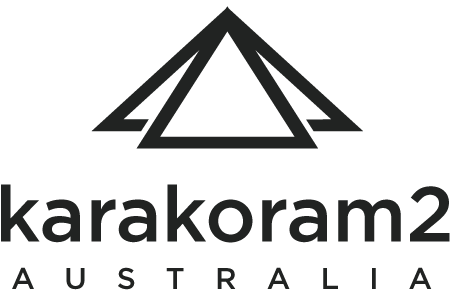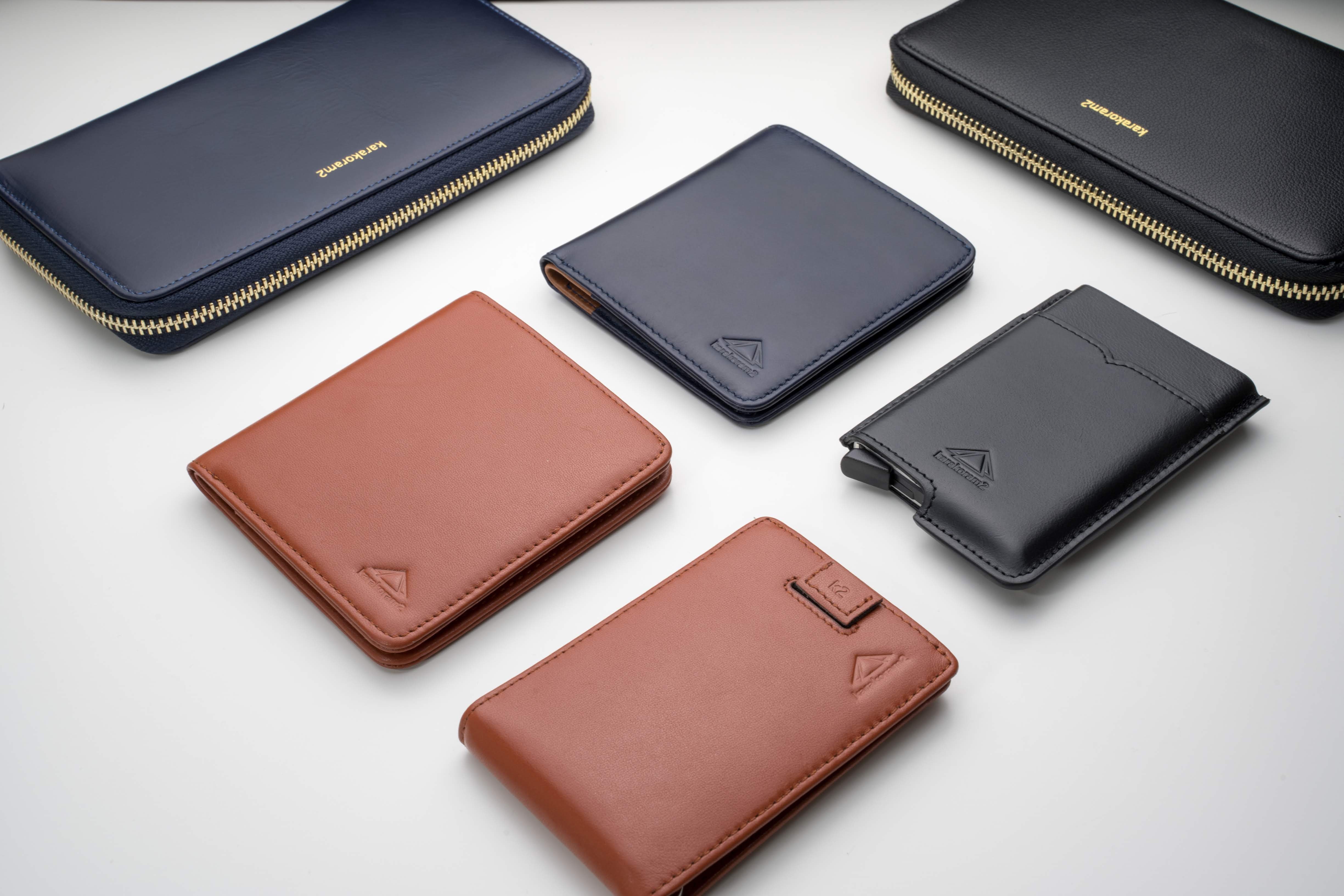
Why You Should Choose Sustainable Leather
Humans have been using leather for thousands of years, and it is still very popular. Despite mounting criticism of its terrible environmental impact, this multibillion-dollar industry continues to satisfy a growing demand. Leather is made from the skin of animals farmed for their meat. It utilizes a byproduct from another industry and in this way, it doesn't require any new land or resources. But where many leather suppliers are based, leather production contributes to global warming and pollutes water with chemicals and pollutants, especially affecting developing countries.
There’s the slaughter, preparing the bovine hides, and then there's also the tanning method to consider. Tanning changes the protein structure of the skin to make it more resilient and less prone to breakdown, resulting in leather. Most tanners still apply chromium tanning solutions in a technique called "chrome tanning" to tan their hides. Although this process is quicker than others, the chromium sulfates utilized are hazardous to human health and the environment. In the United States and Europe, chromium sulfate rules have forced tanneries to close; but, in underdeveloped countries, they often flow directly into local waterways, along with other untreated trash loaded with lead, arsenic, and acids. Leather industries have serious environmental consequences, especially when done on a large scale. Climate change is increased by deforestation, greenhouse gas emissions, and excessive use of water and land.
With so many external factors to consider, it's no surprise that ethical leather sourcing is challenging. Consumers are becoming more environmentally conscious, and if fashion manufacturers want to offer sustainable and environmentally friendly merchandise to their customers, the first step is to choose leather from suppliers who comply with international environmental regulations and standards. As public awareness of leather's negative environmental impact grows, so does customer demand for environmental proof of how it's created and what alternatives are available.

We at Karakoram use premium and natural materials in making our wallets, providing you with sleek and versatile designs without compromising its durability, and most importantly, the environment. We know that sourcing leather ethically and sustainably is challenging enough. So we as a company dedicated the time to understand the leather supply chain, and now we are proud to have taken the extra steps to give to you the highest-grade but eco-friendly leather wallets there are in the market.
Karakoram uses vegetable tanning as an environmentally beneficial alternative to conventional chrome tanning. Unlike chrome tanning, vegetable tanning turns hide into leather using all-natural resources such as tree barks and oak. Vegetable-tanned leather ages gently and develops a lovely gloss over time, allowing you to enjoy the same high-quality leather without harming the environment. It is more expensive, takes longer, and does not always produce the desired smoothness, but it is the most environmentally friendly option.
The fashion industry has a significant environmental impact. It's safe to say that fast fashion is a serious problem for the environment, from the landfill impact and power and water consumption to the chemicals that are making their way into the water supply and harming the health of those in the supply chain. By choosing sustainable fashion, you can say no to contributing to the fashion industry's harmful environmental impact and, as a result, lower your own environmental footprint.







